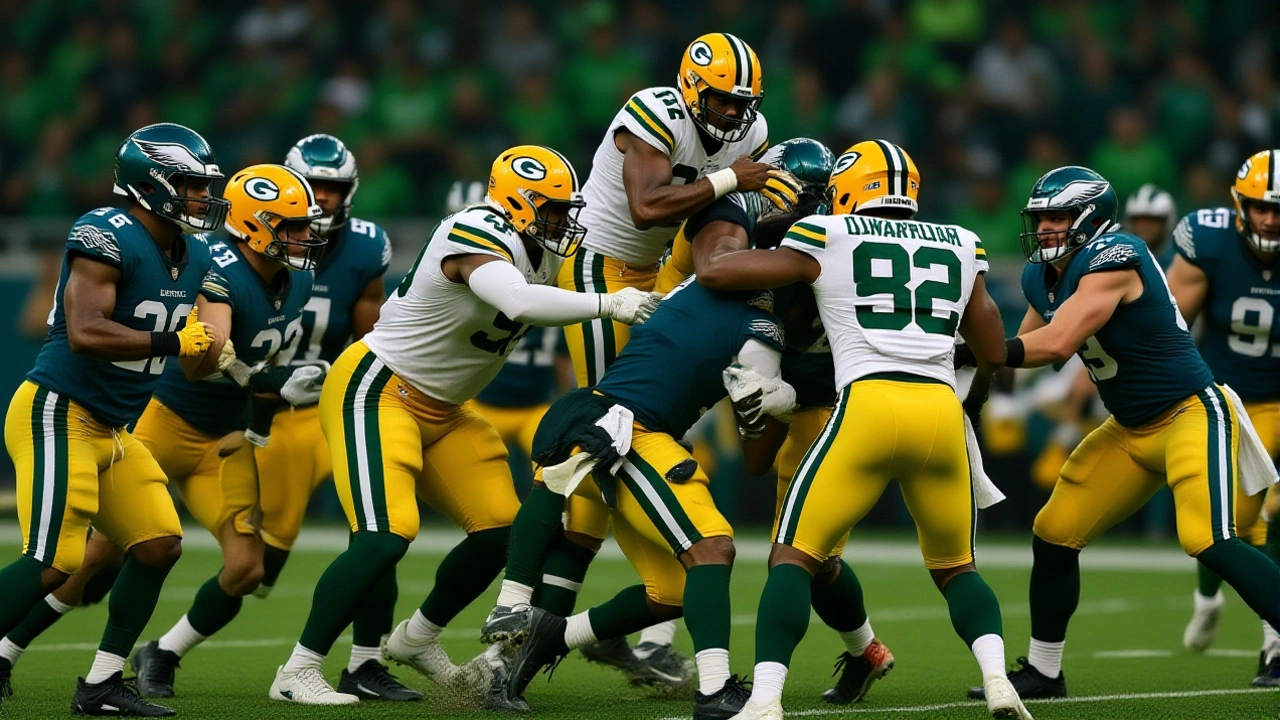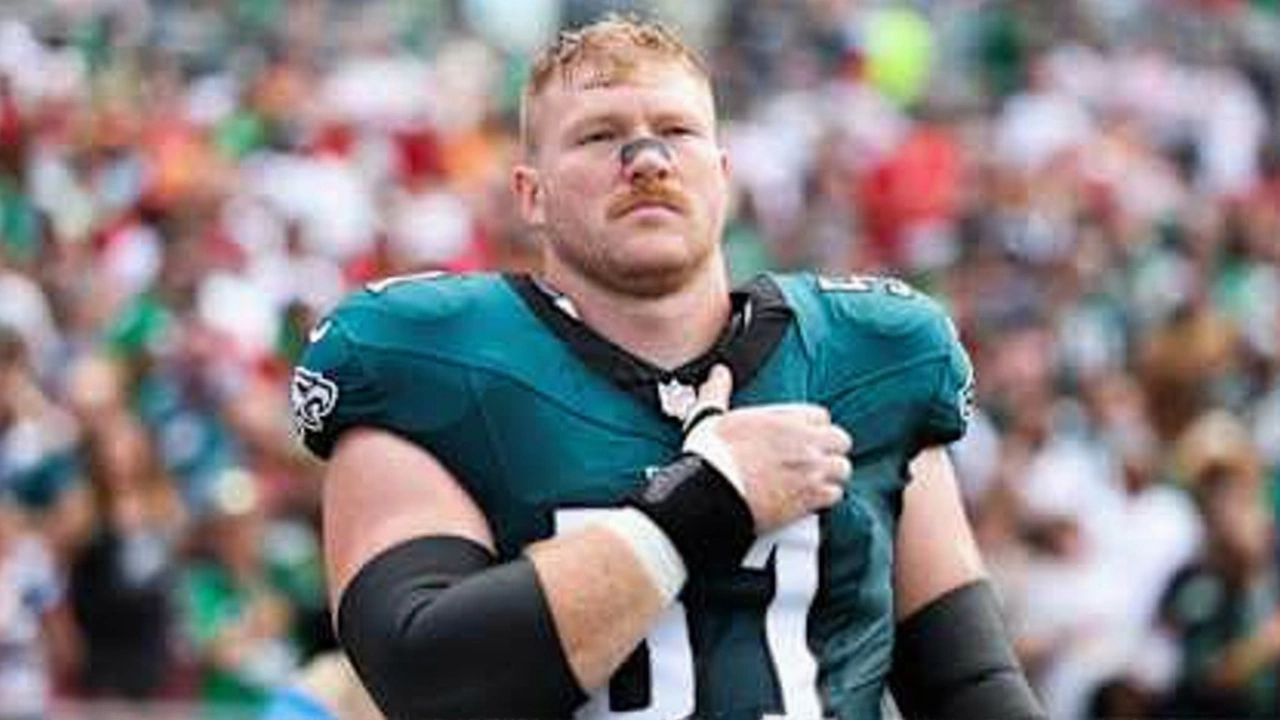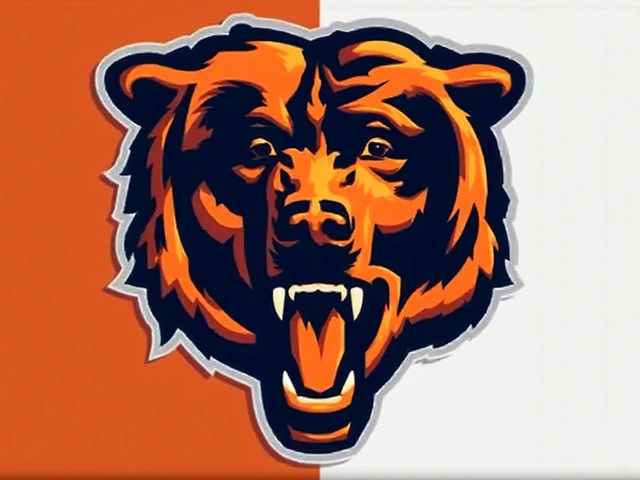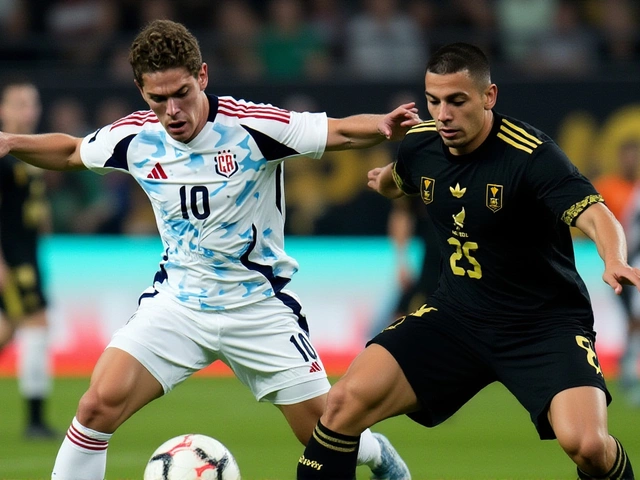
When Matt LaFleur stood at the podium in Lambeau Field on Monday, November 4, 2025, and declared, "This is not football!"—he wasn’t just ranting. He was sounding the alarm on a seismic shift in how the NFL defines the game. The league’s Competition Committee, led by Rich McKay, had just revealed it was weighing an emergency ban on the tush push, a short-yardage formation that’s become the signature weapon of the Philadelphia Eagles and a thorn in the side of the Green Bay Packers. The tension isn’t just about strategy—it’s about identity, safety, and who gets to decide what football looks like.
The Tush Push: From Niche Trick to Offensive Weapon
The tush push isn’t new. It’s been around since the 1980s in high school and college ball. But it exploded into the NFL spotlight during the Philadelphia Eagles’ 2022-2023 Super Bowl LVII run, when offensive coordinator Kellen Moore refined it into a precision tool. Quarterback Jalen Hurts would line up directly behind the center, with two backs—often Boston Scott, whose nickname inspired the name—blocking like human battering rams. Pro Football Focus data shows it worked 92.3% of the time on third-and-1 or less. Last season, the Eagles used it on 11 of 58 snaps in their 37-20 Week 8 win over Green Bay, converting 7 of 9 short-yardage situations. That’s not luck. That’s engineering.Medical Data Sparks the Ban Debate
But here’s the twist: the NFL’s own data says it’s dangerous. On November 3, 2025, at the league’s annual meeting in Phoenix, Dr. Allen Sills, the NFL’s chief medical officer, presented findings from 147 recorded tush push snaps during the 2023-2024 season. The results were startling: cervical spine compression forces increased by 22.7% compared to traditional under-center snaps. That’s not a small bump. It’s the difference between a jolt and a fracture. Dr. Robert Cantu, co-director of Boston University’s CTE Center, didn’t mince words: "We’re seeing a 300% higher incidence of early-onset dementia among linemen who execute 15+ such plays per game." For a league still reeling from concussion lawsuits and CTE revelations, this wasn’t just a safety concern—it was a liability.Players, Teams, and Legal Firewalls
The NFL Players Association didn’t wait for the vote. On Monday, November 4, DeMaurice Smith filed a formal objection, arguing the ban violated Article 23 of the 2020 Collective Bargaining Agreement, which prohibits unilateral rule changes affecting player safety protocols. The Packers’ legal team at Morgan, Lewis & Bockius LLP is preparing a counterattack, citing the 2023 Ninth Circuit ruling in Brady v. NFL, which affirmed teams’ rights to use any formation not explicitly banned. Meanwhile, Howie Roseman and Brian Gutekunst—the Eagles’ and Packers’ GMs—sit on the 8-member Competition Committee. Their votes matter. But so do their loyalties.
The Rivalry Turns Political
This isn’t just about rules. It’s about pride. When Nick Sirianni told reporters on Tuesday, "Maybe they should stop losing 37-20 to us last week," he wasn’t just trash-talking. He was pointing out the uncomfortable truth: the tush push works. And it’s working against them. The Packers, who’ve struggled to find consistent offensive rhythm since Aaron Rodgers’ decline, see the ban as a lifeline. Rodgers himself hinted at retirement in a November 3 Instagram post: "Time to innovate or evaporate." If he leaves, the Packers could lose $1.2 million in jersey sales alone. And with the rematch set for November 17 at Lambeau, FOX Sports stands to lose up to $4.7 million in broadcast revenue if fans tune out over the controversy.What’s Next? The Clock Is Ticking
The NFL has until Wednesday, November 13, 2025, to approve the ban. It needs 24 of 32 owners to vote yes. That’s not easy. The league’s history shows it resists banning plays unless they’re undeniably violent—think spearing, horse-collar tackles. The tush push isn’t violent. It’s efficient. And it’s brilliant. As Professor Paul Weiler of the University of Pennsylvania warned in his Harvard Law Review post: "If you ban the tush push based on predictive injury models, what’s next? The shotgun formation? It causes 18.4% more lower-back injuries." The league is walking a razor’s edge between protecting players and preserving the game’s soul.
Why This Matters Beyond Green Bay and Philadelphia
This isn’t just about two teams. It’s about the future of football innovation. If the NFL can ban a play because it *might* cause long-term harm—even without a single confirmed injury directly tied to it—it opens the door to endless restrictions. Coaches will start self-censoring. Playbooks will shrink. The game will become more robotic, less creative. Fans will notice. And they’ll stop watching.Frequently Asked Questions
What exactly is the tush push, and how does it work?
The tush push is a short-yardage offensive formation where the quarterback lines up directly behind the center, with two running backs positioned shoulder-to-shoulder in front of him, creating a human wall. On the snap, the backs drive forward, pushing the quarterback toward the line of scrimmage. It’s designed to generate maximum momentum in one direction, ideal for third-and-1 or goal-line situations. The Eagles converted 7 of 9 such attempts in their October 2024 win over Green Bay.
Why is the NFL considering banning it now?
The NFL’s medical team presented data showing a 22.7% spike in cervical spine compression during tush push snaps compared to standard under-center formations. With 147 recorded instances across the 2023-2024 season, and CTE expert Dr. Robert Cantu warning of a 300% higher dementia risk among linemen executing 15+ such plays per game, the league sees a growing liability. Safety concerns outweigh innovation in this case.
Could this ban affect Aaron Rodgers’ future with the Packers?
Yes. Rodgers’ November 3 Instagram post—"Time to innovate or evaporate"—suggests he’s frustrated with the Packers’ offensive stagnation. If the tush push is banned, and Green Bay can’t adapt quickly, his window to compete for a playoff berth may close. A loss of offensive identity could accelerate his retirement, potentially costing the team $1.2 million in jersey sales and fan engagement.
What’s the legal basis for the NFL Players Association’s objection?
The NFLPA argues the ban violates Article 23, Section 1(b) of the 2020 Collective Bargaining Agreement, which requires any rule change affecting player safety to be negotiated jointly. The league can’t unilaterally ban a play that’s legal under current rules, especially when it impacts how players perform their jobs. The Packers’ legal team is also citing the 2023 Ninth Circuit ruling in Brady v. NFL, which upheld teams’ rights to use any formation not explicitly prohibited.
Will the tush push be banned by November 17?
It’s uncertain. The deadline for final approval is November 13, but the league needs 24 owner votes. With 11 teams (including the Eagles) benefiting from the formation and others wary of setting a precedent, the vote is likely to be close. Some owners may push for a compromise—like limiting the formation to goal-line situations only—rather than a full ban.
What does this mean for the future of football innovation?
If the NFL bans the tush push based on predictive injury models, it sets a dangerous precedent. Next up could be the shotgun formation (linked to 18.4% more lower-back injuries) or even the spread offense. Coaches may stop experimenting. Playbooks will become sterile. The game’s creativity—the very thing that draws fans—could be sacrificed in the name of safety, leaving football less exciting and more predictable.




